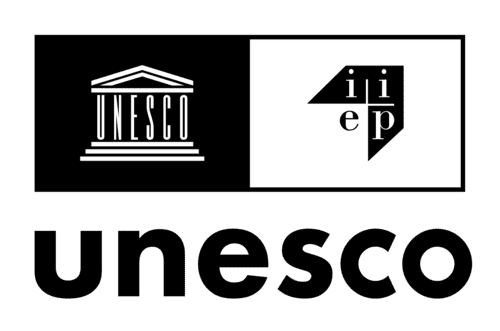Glossary
Glossary
The IIEP Learning Portal glossary contains a selection of terms related to educational planning and management and learning outcomes. Each entry contains a definition and an example of use. The information has been sourced primarily from IIEP training materials, as well as IIEP and UNESCO publications. This is a dynamic tool which is regularly updated. We welcome feedback from users. Comments can be sent to community.learning@iiep.unesco.org

